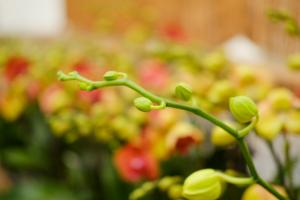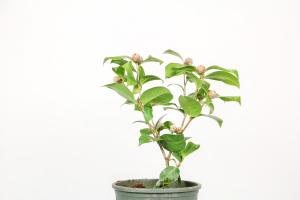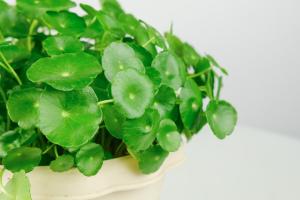What Causes Water Flow to Decrease in Hydro Plants?
Hydroelectric power is one of the most reliable and efficient forms of renewable energy available today, generating electricity by harnessing the power of water. However, hydro plants are not immune to various factors that can cause a decrease in water flow, resulting in a reduction of power generation. In this article, we'll explore some of the most common causes of reduced water flow in hydro plants and their impact on energy production.
Low Precipitation and Drought
The most significant factor that affects water flow in hydro plants is precipitation. Whether it's rain, snow or ice, precipitation is vital to water levels in rivers, lakes, and reservoirs that power hydroelectric turbines. When precipitation levels are low due to drought, it can cause water levels to drop, leading to a decrease in water flow and power generation. Drought can have lasting effects on hydro plants, reducing energy production capabilities for years to come.
Changes in Land Use
Changes in land use, such as deforestation or urbanization, can also impact water flow in hydro plants. Trees play a crucial role in water absorption, with their roots absorbing and retaining water in the ground. Deforestation removes these water-absorbing trees and can cause soil erosion, leading to a reduction in water flow. Similarly, urbanization can cause increased runoff from impervious surfaces, such as pavement and buildings, leading to decreased water flow in hydro plants.
Climate Change
Climate change is an increasingly significant factor impacting water flow in hydro plants. As temperatures rise, glaciers and snowpacks melt, reducing water levels in rivers and lakes that power hydroelectric turbines. As precipitation patterns shift, drought and flood conditions can become more frequent and severe, impacting water levels in streams and reservoirs. Hydro plants in areas that are more susceptible to climate change impacts may need to invest in adaptation measures to maintain reliable energy production.
Sedimentation
Sedimentation, or the accumulation of soil, sand and other debris in rivers and streams, also affects water flow in hydro plants. Sedimentation can occur naturally, but it is often accelerated by human activities, such as mining or construction, that disturb the soil and cause it to enter waterways. The accumulation of sediment can clog intakes and turbines, reducing efficiency and energy production. Hydro plants must regularly clear sediment buildup to maintain consistent water flow and energy production.
Conclusion
Water flow is a critical factor in hydroelectric power generation. Any decrease in water flow can lead to reduced efficiency and energy production, impacting the reliability of renewable energy. While some causes of decreased water flow, such as drought or climate change, may be out of our control, there are steps that hydro plants can take to mitigate or adapt to change. By understanding the factors that affect water flow, hydro plants can maintain their productivity and reliability for years to come.

 how many times do yo...
how many times do yo... how many planted tre...
how many planted tre... how many pine trees ...
how many pine trees ... how many pecan trees...
how many pecan trees... how many plants comp...
how many plants comp... how many plants can ...
how many plants can ... how many plants and ...
how many plants and ... how many pepper plan...
how many pepper plan...
































